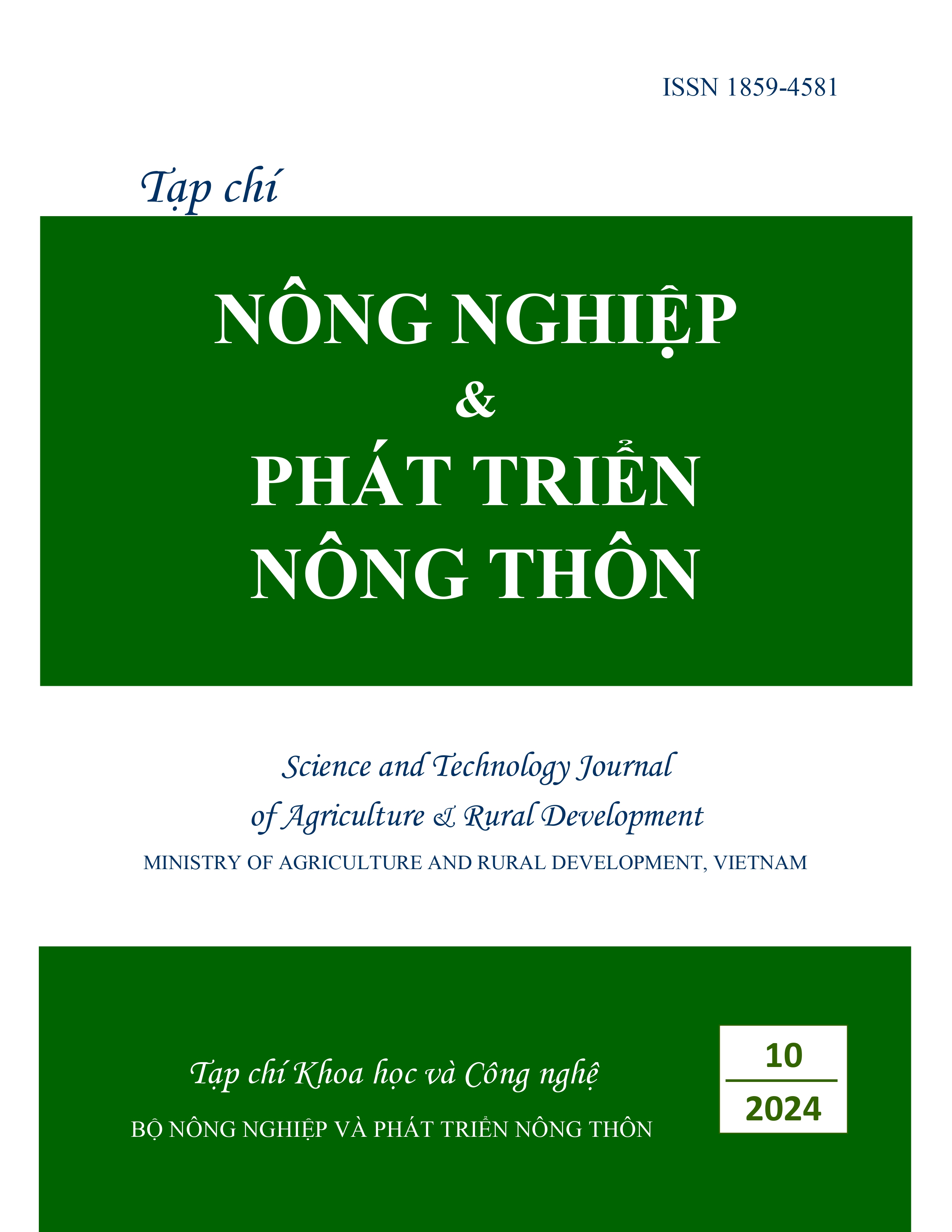NITROGEN FIXING ABILITY OF RHIZOPHERE AND NODULATED BACTERIA IN LEGUME CROPS IN TRA VINH PROVINCE
DOI:
https://doi.org/10.71254/9yq31a48Keywords:
Nitrogen fixation, legume plant, rhizobacteria, nodular bacteriaAbstract
Currently, the demand for fertilizer is increasing and the use of large amounts of chemical fertilizers in agriculture is very wasteful. In particular, the efficiency of plants absorbing nitrogen fertilizer is low and the remainder will escape into the environment, causing environmental pollution. The use of nitrogen-fixing bacteria in agriculture is one of the alternative solutions of current interest. The study was conducted to isolate, evaluate and compare the nitrogen fixation ability of rhizosphere and nodule bacteria strains. From 6 rhizosphere samples and 2 legume nodule samples in Tra Vinh, 10 rhizosphere bacterial strains were isolated on nitrogen-free Burk medium and 7 nodule bacterial strains were isolated on YEMA medium. Surveying 10 rhizosphere bacterial strains using the Indolphenol blue method resulted in an average NH4+ content ranging from 0.296 - 0.812 mg/l, with the highest being strains N1 (0.562 mg/l), N7 (0.547 mg/l), N10 (0.812 mg/l) and was chosen to perform experiments in the greenhouse on water spinach plants. Experimental results in the greenhouse showed that when using rhizosphere strain N1, plant height, root weight, fresh and dry weight of stems and leaves had significant differences compared to when using strain N7 and strain N10. Survey of seven strains of nodule bacteria on mung bean plants under greenhouse conditions showed significant differences compared to control treatments. In particular, the treatment with R1.5 bacterial strain resulted in 1.98 times more nodules than the treatment without adding bacteria; and 2.04 times higher than the chemical fertilizer treatment.






